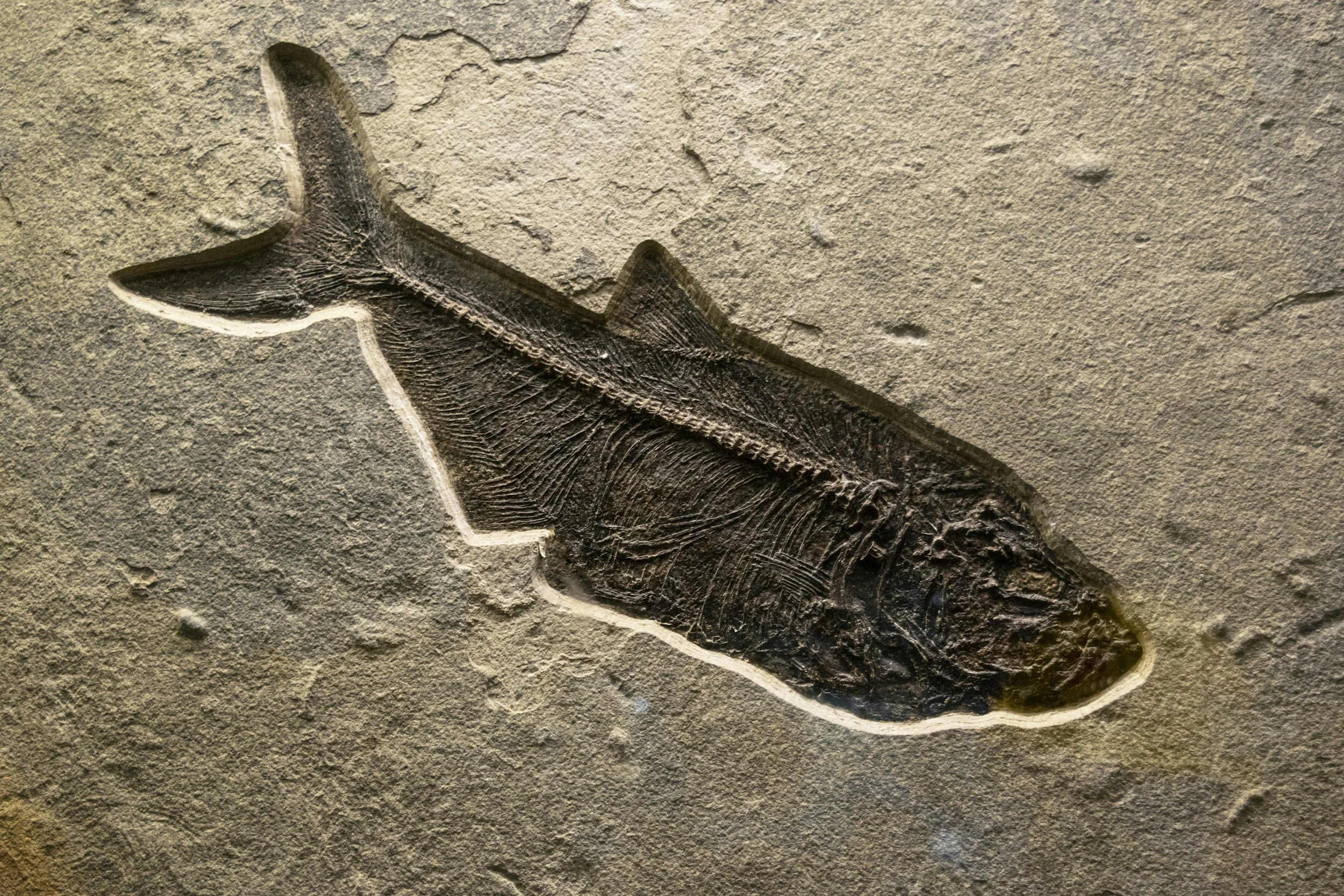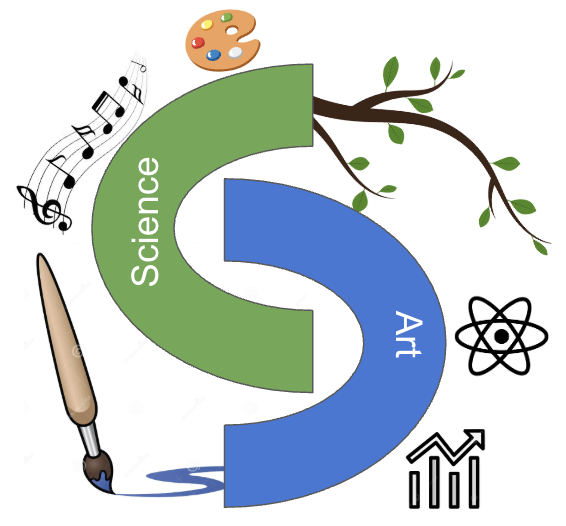
Unit 7: Piecing Together the Past
How has the Earth and life on Earth changed over time?
About
Unit 6 Contents
A. Unit Resources
B. Unit Information
C. Standards & Practices
D. Task Sets
7.1 - Earth’s Dynamic Nature
7.2 - Understanding the Past
7.3 - Fossils and Rock Layers
7.4 - Predicting the Future
7.5 - Assessment
E. Summative Assessment Summary
F. Science & Engineering Look-fors
G. Other Unit Resources
H. Biodiversity Lab Notes & Suggestion
Unit Outcome
Make a data informed prediction on what the planet Earth and life on Earth will look like 250 million years from now.
Anchoring Phenomenon
Continental plates are moving and life has evolved to adapt to the changes that this movement brings. These earth and life processes continue now and will continue into the future.
Essential Question
How has the Earth and life on Earth changed over time?
Unit 7 Planner
Links to all Instructional Materials including Spanish and WCAG for this Unit
How is the Unit Structured?
Unit 7 contains 5 task sets which will take approximately 5-7 90-minute class periods to complete. The fifth task is the Unit Assessment. Essential Questions and Phenomenon for the four learning tasks of this unit are found in the Unit 7 Overview.
An Arts Integration lesson can be found in this unit.
Unit Resources
Open Access Unit 7
This Google folder (English) - houses all documents for this unit that have been updated.
This Google folder (Spanish) - houses all documents for this unit that have been updated.
This Google folder (WCAG) - houses all documents for this unit that have been updated.
Career Connected Learning
Vocabulary List
These are the vocabulary terms used and discussed in the unit.
Tests, Quizzes and Keys (English)
Tests, Quizzes and Keys (Spanish)
These are restricted documents. Restricted-access materials are for teachers only. You must request access. TO request access to the restricted folder, please fill out this linked google form
Unit Information
-
The following are example options to extend parts of the unit to deepen students’ understanding of science ideas:
Task Set 1
Students can look at Oregon’s Geological History for the region that they live in to see what geological events have occurred there and when they occurred.
Arts Integration Extension - Numberism - creating a picture of a Volcano using numbers relevant to Volcanoes. Teacher Notes and Presentation (do slides 1-8, and 57- 66)
Task Set 2
Watch videos
Read about Pangea and the life forms on land and sea. Very interesting! What was Life Like on Pangea 250 Million Years Ago?
Task Set 3
Challenge Question #8 in the Student Worksheet.
Task Set 4
This extension includes a visual and a written component. Scoring rubric is included. Life on Earth in 250 million years
-
Task Set 1
Students generate questions.
Task Set 2
Students a model of Pangea using 4 types of evidence
Students reflect on these questions at the end of the activity - How does this model help you understand the theory of continental drift? and How may the movement of continents have affected climate, ocean currents, and the evolution of life on Earth?
Task Set 3
Students complete answers to questions 1, 2, 6,7 in the student worksheet.
Task Set 4
Students make a data informed prediction, along with a claim with evidence and reasoning on the model they created for the Earth in 250 million years.
-
Note there is only one summative assessment for this unit.
HS-ESS1-5: Evaluate evidence of the past and current movements of continental and oceanic crust and the theory of plate tectonics to explain the ages of crustal rocks
HS-ESS2-1: Develop a model to illustrate how Earth’s internal and surface processes operate at different spatial and temporal scales to form continental and ocean-floor features.
HS-ESS2-3: Develop a model based on evidence of Earth’s interior to describe the cycling of matter by thermal convection.
HS-LS4-5: Evaluate the evidence supporting claims that changes in environmental conditions may result in: (1) increases in the number of individuals of some species, (2) the emergence of new species over time, and (3) the extinction of other species.
Standards & Practices
-
This unit builds toward the following NGSS performance Expectations (PE’s). Links to evidence statements are provided:
HS-ESS1-5: Evaluate evidence of the past and current movements of continental and oceanic crust and the theory of plate tectonics to explain the ages of crustal rocks. [Clarification Statement: Emphasis is on the ability of plate tectonics to explain the ages of crustal rocks. Examples include evidence of the ages of oceanic crust increasing with distance from mid-ocean ridges (a result of plate spreading) and the ages of North American continental crust decreasing with distance away from a central ancient core of the continental plate (a result of past plate interactions).]
HS-ESS2-1: Develop a model to illustrate how Earth’s internal and surface processes operate at different spatial and temporal scales to form continental and ocean-floor features. [Clarification Statement: Emphasis is on how the appearance of land features (such as mountains, valleys, and plateaus) and sea-floor features (such as trenches, ridges, and seamounts) are a result of both constructive forces (such as volcanism, tectonic uplift, and orogeny) and destructive mechanisms (such as weathering, mass wasting, and coastal erosion).] [Assessment Boundary: Assessment does not include memorization of the details of the formation of specific geographic features of Earth’s surface.]
HS-ESS2-3: Develop a model based on evidence of Earth’s interior to describe the cycling of matter by thermal convection. [Clarification Statement: Emphasis is on both a onedimensional model of Earth, with radial layers determined by density, and a threedimensional model, which is controlled by mantle convection and the resulting plate tectonics. Examples of evidence include maps of Earth’s three-dimensional structure obtained from seismic waves, records of the rate of change of Earth’s magnetic field (as constraints on convection in the outer core), and identification of the composition of Earth’s layers from highpressure laboratory experiments.]
HS-LS4-5: Evaluate the evidence supporting claims that changes in environmental conditions may result in: (1) increases in the number of individuals of some species, (2) the emergence of new species over time, and (3) the extinction of other species. [Clarification Statement: Emphasis is on determining cause and effect relationships for how changes to the environment such as deforestation, fishing, application of fertilizers, drought, flood, and the rate of change of the environment affect distribution or disappearance of traits in species.]
-
This unit contains these Life Science Grade 9-12 DCI elements.
ESS1.C: The History of Planet Earth
Continental rocks, which can be older than 4 billion years, are generally much older than the rocks of the ocean floor, which are less than 200 million years old.
ESS2.A: Earth Materials and Systems
Earth’s systems, being dynamic and interacting, cause feedback effects that can increase or decrease the original changes.
Evidence from deep probes and seismic waves, reconstructions of historical changes in Earth’s surface and its magnetic field, and an understanding of physical and chemical processes lead to a model of Earth with a hot but solid inner core, a liquid outer core, a solid mantle and crust. Motions of the mantle and its plates occur primarily through thermal convection, which involves the cycling of matter due to the outward flow of energy from Earth’s interior and gravitational movement of denser materials toward the interior.
ESS2.B: Plate Tectonics and Large-Scale System Interactions
Plate tectonics is the unifying theory that explains the past and current movements of the rocks at Earth’s surface and provides a framework for understanding its geologic history
Plate tectonics is the unifying theory that explains the past and current movements of the rocks at Earth’s surface and provides a framework for understanding its geologic history. Plate movements are responsible for most continental and ocean-floor features and for the distribution of most rocks and minerals within Earth’s crust.
The radioactive decay of unstable isotopes continually generates new energy within Earth’s crust and mantle, providing the primary source of the heat that drives mantle convection. Plate tectonics can be viewed as the surface expression of mantle convection.
PS1.C: Nuclear Processes
Spontaneous radioactive decays follow a characteristic exponential decay law. Nuclear lifetimes allow radiometric dating to be used to determine the ages of rocks and other materials.
LS4.C: Adaptation
Changes in the physical environment, whether naturally occurring or human induced, have thus contributed to the expansion of some species, the emergence of new distinct species as populations diverge under different conditions, and the decline — and sometimes the extinction — of some species.
Species become extinct because they can no longer survive and reproduce in their altered environment. If members cannot adjust to change that is too fast or drastic, the opportunity for the species’ evolution is lost.
-
This unit focuses on these Science and Engineering Practices
Developing and Using Models Modeling in 9–12 builds on K–8 experiences and progresses to using, synthesizing, and developing models to predict and show relationships among variables between systems and their components in the natural and designed worlds.
Develop a model based on evidence to illustrate the relationships between systems or between components of a system.
Engaging in Argument from Evidence Engaging in argument from evidence in 9-12 builds on K-8 experiences and progresses to using appropriate and sufficient evidence and scientific reasoning to defend and critique claims and explanations about the natural and designed world(s). Arguments may also come from current scientific or historical episodes in science.
Evaluate evidence behind currently accepted explanations or solutions to determine the merits of arguments
-
This unit contains these Crosscutting Concepts
Stability and Change
Change and rates of change can be quantified and modeled over very short or very long periods of time. Some system changes are irreversible
Cause and Effect
Empirical evidence is required to differentiate between cause and correlation and make claims about specific causes and effects.
Energy and Matter
Energy drives the cycling of matter within and between systems.
Patterns
Empirical evidence is needed to identify patterns.
-
This unit contains this connection to the Nature of Science
Scientific Knowledge is Based on Empirical Evidence
Science knowledge is based on empirical evidence.
Science disciplines share common rules of evidence used to evaluate explanations about natural systems.
Science includes the process of coordinating patterns of evidence with current theory.
Science and Engineering Practice Look Fors
Practice & Grades 9-12 Science and Engineering Practice “Look Fors”
-
Develop, revise, and/or use a model based on evidence to illustrate and/or predict the relationships between systems or between components of a system.
Develop and/or use multiple types of models to provide mechanistic accounts and/or predict phenomena, and move flexibly between model types based on merits and limitations.
Use a model to provide mechanistic accounts of phenomena.
Develop and/or use a model (including mathematical and computational) to generate data to support explanations, predict phenomena, analyze systems, and/or solve problems.
-
Compare and evaluate competing arguments or design solutions in light of currently accepted explanations, new evidence, limitations, constraints, and ethical issues to determine the merits of arguments.
Respectfully provide and/or receive critiques on scientific arguments by probing reasoning and evidence, challenging ideas and conclusions, responding thoughtfully to diverse perspectives, and determining additional information required to resolve contradictions.
Construct, use, and/or present oral and written claims and arguments or counter-arguments based on data and evidence about the natural world or effectiveness of a design solution that reflects scientific knowledge and student-generated evidence.
Evaluate competing design solutions to a real-world problem based on scientific ideas and principles, empirical evidence, and/or logical arguments regarding relevant factors (economic, societal, environmental, ethical considerations).

